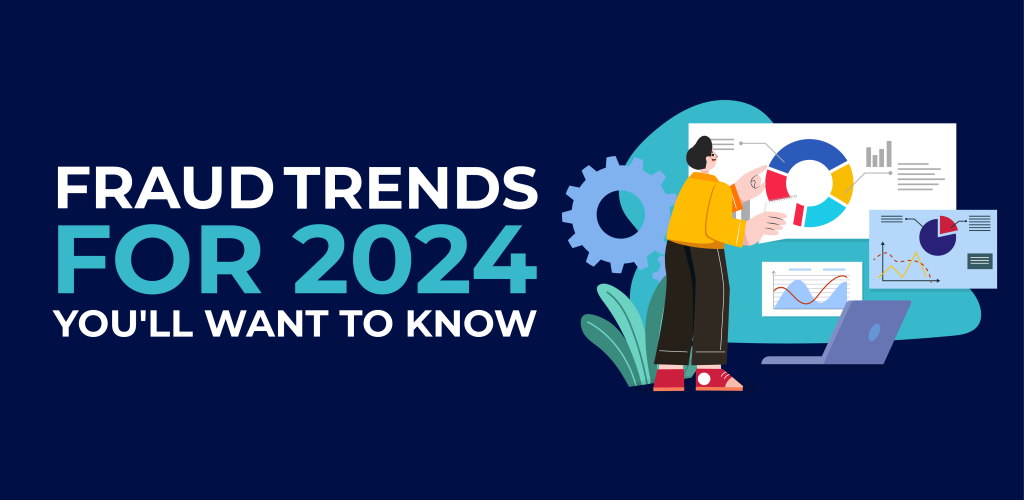
As experts in fraud prevention, we recognize the critical importance of keeping abreast of new challenges and their evolving solutions in this dynamic world. Today, we’re examining the trends some of which you might already be familiar with, that are gaining increasing significance in our daily work.
Let’s begin with Automations, a tool widely exploited by criminals to infiltrate user accounts while cleverly avoiding detection, thereby heightening the risk of fraud. Through automation, fraudsters deploy software or bots to perform tasks traditionally requiring human input, thus expanding their reach.
Take credential stuffing, for instance. This involves testing stolen or leaked credentials across various websites and services on a large scale to identify any accounts they can access.
Account takeover, a concept you’re likely familiar with, is a form of identity theft (ID Fraud). It happens when a fraudster accesses an individual’s or company’s computer accounts, email accounts, and other personal data. Typically, in an ATO attack, hackers employ phishing and malware to obtain legitimate user credentials, sometimes purchasing them from the dark web, leveraging these stolen credentials for account takeover.
Automated takeover attacks, executed with stolen credentials, leave organizations especially exposed.
The Adoption of New Digital Payments and Methods is a topic that’s generating considerable buzz. Embracing new payment methods and understanding the associated risks is a significant challenge for fraud prevention teams. They must strike a balance between acceptance and overprotection. Consider cryptocurrencies: although not yet mainstream, their popularity is on the rise. The anonymity these currencies offer also makes them attractive for criminal activities. Equally noteworthy is the increasing adoption of Buy Now Pay Later and digital cards that require innovative security.
Balancing Fraud & Customer Friction has been a prominent theme in 2023 and will continue to be so. Online businesses are tasked with finding the right balance between mitigating fraud and seizing opportunities. In the realm of online shopping, the level of “friction” experienced by customers during checkout is directly linked to their likelihood of completing a purchase.
This balance becomes even more intricate when considering multiple channels like web, mobile, and point of sale. Merchants and issuers are on the lookout for innovative solutions. Why not consider technology that enables decision-making on transaction acceptance or rejection post-payment? This approach is crucial for creating an exceptional payment experience without introducing risk, which typically arises when a product is shipped or a service is downloaded.
Why pose questions before payment, risking even the slightest transaction friction, when you can address them afterward? If this resonates with you, explore more at: fugu-it.com.
The Rise of Synthetic Identities is a fascinating subject. We’ve previously covered it in an article, here. It remains a growing concern, as synthetic identity fraud is now the fastest-growing type of financial crime in the United States and is escalating globally. Astonishingly, it currently accounts for 85% of all fraud, according to a leading U.S. consultancy firm.
In this fraud type, perpetrators concoct new identities by merging real personal information with fabricated details. They craft a new identity using legitimate data fragments combined with fictitious elements. The challenge for organizations lies in detecting these synthetic identities, which are designed to represent non-existent victims.
The Cost of Fraud is escalating, becoming a significant concern encompassing fraud losses, the expense of prevention tools and dedicated personnel, The impact we must remember is on customer lifetime value.
Why the uptick? As the shift towards online and mobile shopping continues, fraudsters are following suit, leading to increased fraud losses and the costs associated with combating them.
The Growing Need for Multi-Layered Fraud Assessment is exactly what we at FUGU have been championing from the start. This approach is essential, especially considering that more data leads to greater precision, a point you’ll likely agree with. Let me show you how we do it in this image:
To achieve optimal results in fraud prevention, leaders in the field must orchestrate a comprehensive array of data points, risk signals, and customer information. This creates a centralized and balanced response that effectively reduces risk, customer friction, and the costs associated with prevention.
These topics are at the forefront for those deeply immersed in the world of fraud prevention. Embracing best practices and being open to new technologies that are transforming the fraud prevention landscape are crucial in making fraud increasingly challenging for criminals.
If you found this article insightful, please share it with others who might also appreciate it. Sharing knowledge is a fundamental step in advancing the field.